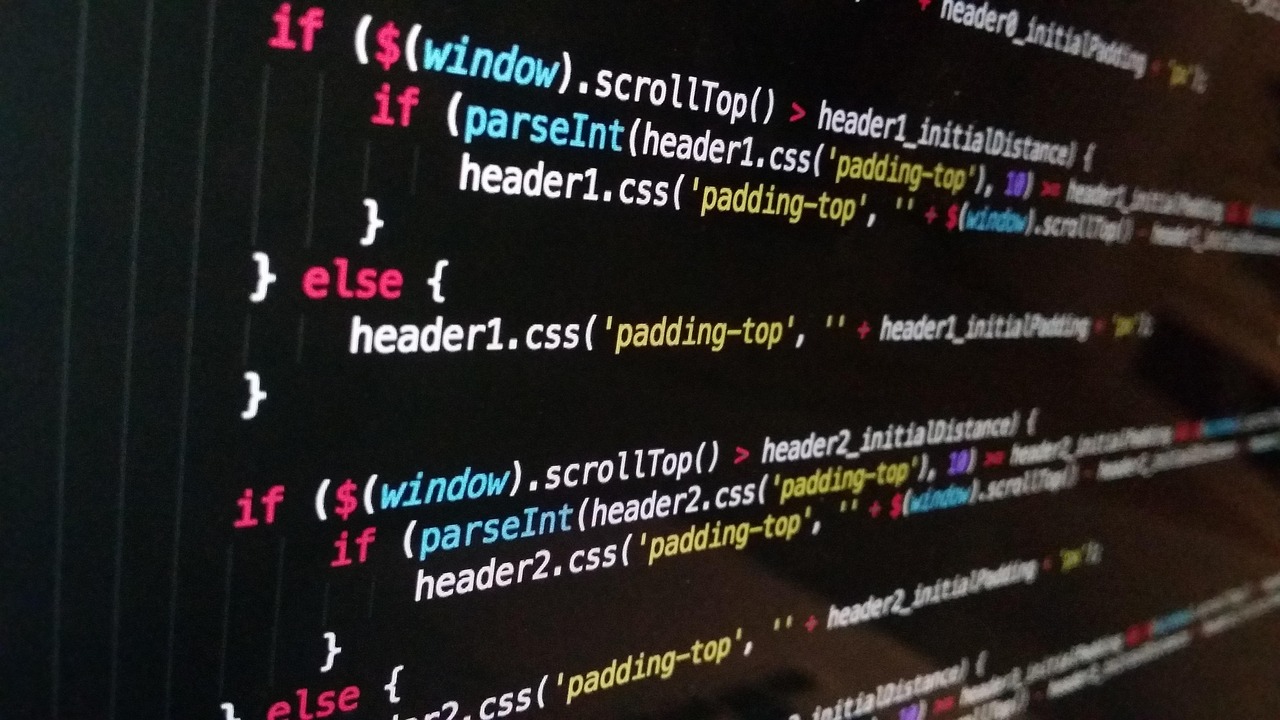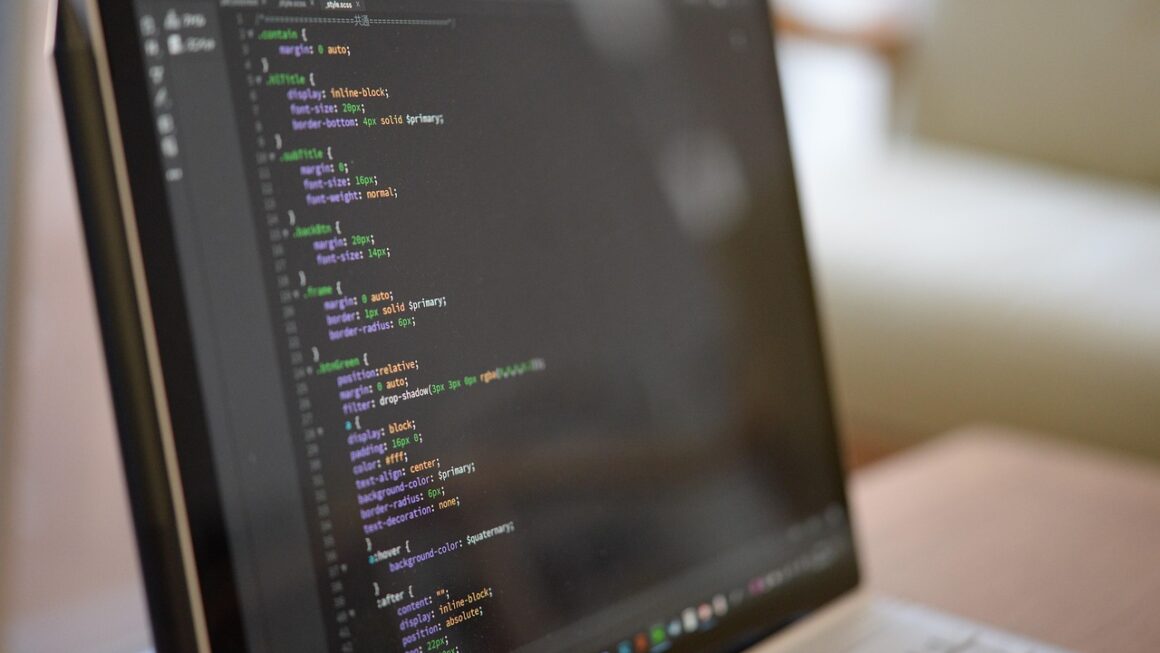The world of software development is in constant evolution, and with the rise of artificial intelligence, even the most fundamental processes are being reimagined. Code review, a critical practice for ensuring code quality, security, and maintainability, is no exception. AI-powered code review tools are rapidly changing the game, offering developers unprecedented efficiency, accuracy, and insights. This article delves into the world of AI code review, exploring its benefits, challenges, and future implications.
The Rise of AI in Code Review
What is AI Code Review?
AI code review leverages machine learning algorithms to automate and enhance the traditional code review process. Instead of relying solely on human reviewers, AI tools analyze code for potential bugs, security vulnerabilities, style violations, and performance issues. These tools are trained on massive datasets of code, allowing them to identify patterns and anomalies that might be missed by even the most experienced developers.
Benefits of AI Code Review
- Increased Efficiency: AI can perform initial code reviews much faster than humans, freeing up developers to focus on more complex tasks and accelerating the development cycle.
- Improved Code Quality: AI can consistently enforce coding standards and identify subtle bugs that might slip through human review, leading to higher-quality code. Studies have shown that AI-driven reviews can reduce bug density by up to 15%.
- Enhanced Security: AI algorithms can detect common security vulnerabilities, such as SQL injection and cross-site scripting (XSS), before they make it into production.
- Reduced Development Costs: By catching errors early in the development process, AI can help reduce the costs associated with fixing bugs and security vulnerabilities later on.
- Objective Analysis: AI provides an unbiased assessment of code, eliminating subjective opinions and personal preferences that can sometimes influence human reviews.
- Continuous Learning: AI models can continuously learn from new code and feedback, improving their accuracy and effectiveness over time.
Examples of AI Code Review Tools
Several AI-powered code review tools are available today, each with its own strengths and features. Some popular options include:
- DeepSource: DeepSource is an automated code review tool that analyzes code for bugs, security vulnerabilities, and performance issues. It supports multiple programming languages and integrates with popular code repositories.
- Codacy: Codacy automates code reviews and tracks code quality metrics. It offers real-time feedback, identifies code smells, and enforces coding standards.
- SonarQube: SonarQube is an open-source platform for continuous inspection of code quality. It detects bugs, vulnerabilities, and code smells across multiple programming languages.
- Amazon CodeGuru: Amazon CodeGuru uses machine learning to identify code defects, improve code performance, and recommend code improvements.
How AI Code Review Works
Data Analysis and Pattern Recognition
AI code review tools rely on sophisticated data analysis and pattern recognition techniques. They are trained on vast amounts of code, including both good and bad examples, to learn how to identify potential issues.
- Static Analysis: Most tools perform static analysis, which involves examining the code without executing it. This allows them to identify potential bugs, security vulnerabilities, and style violations.
- Machine Learning: Machine learning algorithms are used to identify patterns and anomalies in the code that might indicate a problem.
- Natural Language Processing (NLP): NLP techniques are sometimes used to analyze code comments and documentation to identify inconsistencies or potential issues.
Integration with Development Workflows
AI code review tools typically integrate seamlessly with existing development workflows, such as Git repositories and CI/CD pipelines.
- Pull Request Integration: Many tools can automatically analyze code in pull requests and provide feedback to developers before the code is merged.
- CI/CD Integration: AI code review can be integrated into CI/CD pipelines to automatically analyze code as part of the build process.
- IDE Integration: Some tools offer IDE integrations that allow developers to get real-time feedback as they write code.
Example: Identifying a Security Vulnerability
Let’s say an AI code review tool detects a potential SQL injection vulnerability in the following Java code:
“`java
String query = “SELECT FROM users WHERE username = ‘” + username + “‘”;
Statement statement = connection.createStatement();
ResultSet resultSet = statement.executeQuery(query);
“`
The AI tool would flag this code as potentially vulnerable because it’s using string concatenation to build the SQL query. A malicious user could inject SQL code into the `username` variable, potentially compromising the database. The tool would suggest using parameterized queries instead:
“`java
String query = “SELECT FROM users WHERE username = ?”;
PreparedStatement statement = connection.prepareStatement(query);
statement.setString(1, username);
ResultSet resultSet = statement.executeQuery();
“`
This example demonstrates how AI can help developers identify and fix security vulnerabilities before they make it into production.
Challenges and Limitations of AI Code Review
Dependence on Training Data
The accuracy and effectiveness of AI code review tools depend heavily on the quality and quantity of their training data. If the training data is biased or incomplete, the tool may produce inaccurate or misleading results.
- Data Bias: AI models can inherit biases from their training data, leading to unfair or discriminatory outcomes.
- Limited Coverage: AI tools may not be able to detect all types of bugs or security vulnerabilities, especially in complex or novel code.
False Positives and False Negatives
AI code review tools are not perfect, and they can sometimes produce false positives (flagging code as problematic when it’s not) or false negatives (missing actual problems).
- False Positives: False positives can be frustrating for developers and can waste time investigating issues that don’t exist.
- False Negatives: False negatives can be dangerous because they can allow bugs and security vulnerabilities to slip through unnoticed.
The Need for Human Oversight
AI code review tools should not be seen as a replacement for human reviewers, but rather as a supplement. Human reviewers can provide valuable context and insights that AI tools may miss.
- Contextual Understanding: Humans can understand the broader context of the code and identify potential issues that AI tools may not be able to detect.
- Collaboration and Knowledge Sharing: Human reviews provide an opportunity for developers to collaborate and share knowledge, which can improve the overall quality of the code.
Initial Setup and Configuration
Setting up and configuring AI code review tools can be complex and time-consuming, especially for large projects with complex codebases.
- Configuration Overhead: Configuring the tool to enforce specific coding standards and security policies can require significant effort.
- Integration Challenges: Integrating the tool with existing development workflows may require custom scripting or configuration.
Best Practices for Implementing AI Code Review
Define Clear Coding Standards
Before implementing AI code review, it’s essential to define clear coding standards and security policies. This will help ensure that the AI tool is consistently enforcing the desired standards.
- Coding Style Guides: Establish coding style guides that define how code should be formatted and structured.
- Security Policies: Define security policies that specify how to handle sensitive data and prevent common security vulnerabilities.
Start Small and Iterate
It’s best to start small and gradually roll out AI code review to different parts of the codebase. This will allow you to identify any issues and make adjustments as needed.
- Pilot Projects: Start with a pilot project to test the tool and get feedback from developers.
- Iterative Rollout: Gradually roll out the tool to other parts of the codebase, monitoring its performance and making adjustments as needed.
Train Developers on Using the Tool
It’s important to train developers on how to use the AI code review tool and how to interpret its results. This will help ensure that they can effectively use the tool to improve their code.
- Training Sessions: Provide training sessions that cover the tool’s features and how to use it effectively.
- Documentation: Create documentation that explains how to use the tool and how to interpret its results.
Combine AI with Human Review
AI code review should be combined with human review to provide the best possible results. Human reviewers can provide valuable context and insights that AI tools may miss.
- Focus on Complex Issues: Have human reviewers focus on complex issues that require more nuanced understanding.
- Validate AI Findings: Have human reviewers validate the findings of the AI tool to ensure accuracy.
Continuously Monitor and Improve
Continuously monitor the performance of the AI code review tool and make adjustments as needed. This will help ensure that the tool is effectively improving code quality and security.
- Track Key Metrics: Track key metrics such as bug density, security vulnerability rates, and code coverage.
- Gather Feedback: Gather feedback from developers on how to improve the tool.
The Future of AI Code Review
Advancements in Machine Learning
As machine learning technology continues to advance, AI code review tools will become even more sophisticated and accurate.
- More Accurate Bug Detection: AI will be able to detect more subtle and complex bugs.
- Improved Security Analysis: AI will be able to identify more sophisticated security vulnerabilities.
- Automated Code Refactoring: AI may be able to automatically refactor code to improve its quality and performance.
Integration with Other Development Tools
AI code review will become increasingly integrated with other development tools, such as IDEs, CI/CD pipelines, and project management systems.
- Seamless Workflow Integration: AI code review will become a seamless part of the development workflow.
- Real-Time Feedback: Developers will receive real-time feedback as they write code.
- Automated Issue Tracking: AI will automatically create issues for identified problems.
Increased Adoption and Standardization
As AI code review becomes more widely adopted, we can expect to see increased standardization of coding standards and security policies.
- Industry Standards: Industry-wide standards will emerge for code quality and security.
- Compliance Requirements: AI code review will become a requirement for compliance with certain regulations.
Conclusion
AI code review is transforming the software development landscape, offering unprecedented opportunities to improve code quality, security, and efficiency. While challenges and limitations remain, the benefits of AI-powered code review are undeniable. By embracing AI and integrating it strategically with human expertise, development teams can build higher-quality, more secure, and more maintainable software. As AI technology continues to evolve, the future of code review is undoubtedly intertwined with the capabilities and potential of artificial intelligence. Embracing AI code review is no longer a question of “if” but “how” for forward-thinking development organizations.




